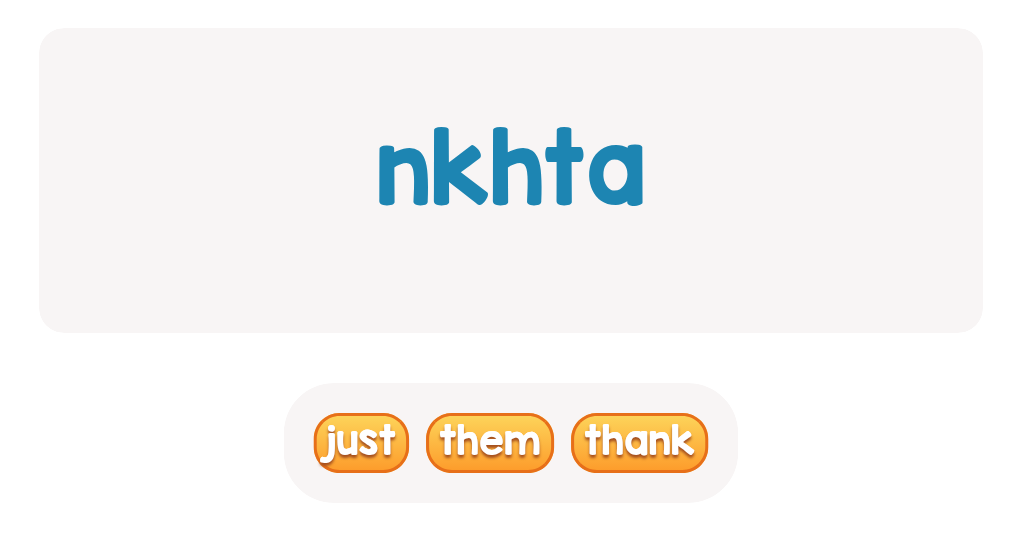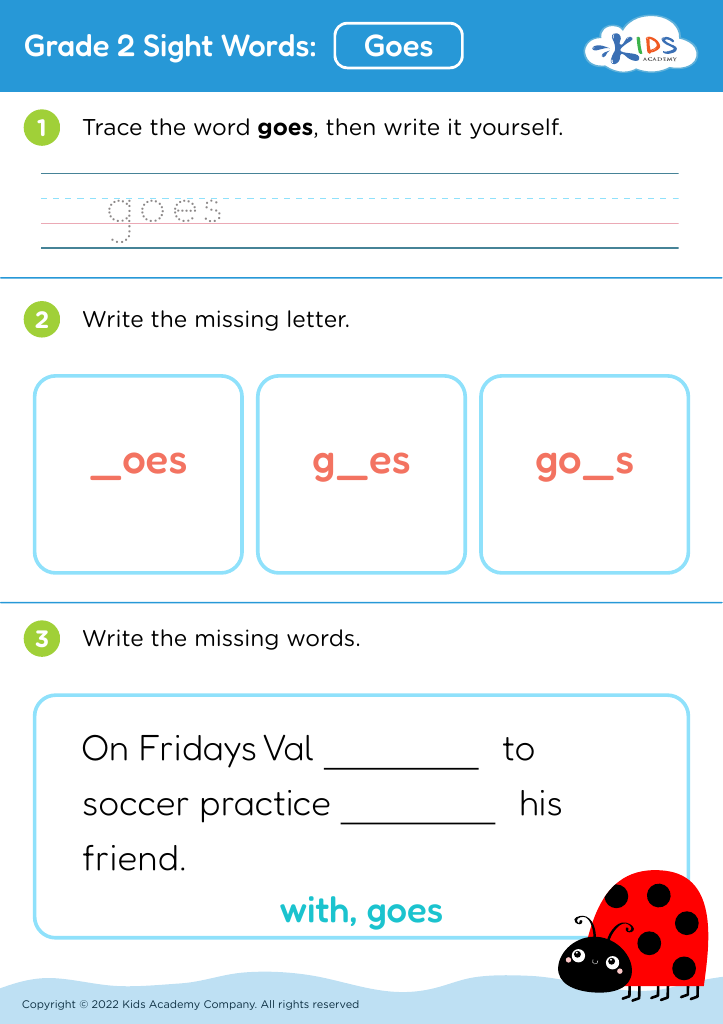Understanding multiplication Sight Words Worksheets for Ages 5-7
3 filtered results
-
From - To
Unlock your child's math potential with our "Understanding Multiplication Sight Words Worksheets" designed for ages 5-7! These engaging worksheets combine essential sight word recognition with foundational multiplication skills, making learning fun and interactive. Children will practice identifying key sight words associated with multiplication, reinforcing their vocabulary while building confidence in math. Each worksheet is crafted to support young learners through vibrant illustrations and easy-to-follow formats, ensuring an enjoyable learning experience. Perfect for parents and educators, these worksheets aim to lay the groundwork for mathematical fluency while enhancing literacy skills. Dive into a world of learning with our comprehensive resources!
Understanding multiplication sight words for ages 5-7 is vital for building a strong mathematical foundation in young learners. At this early stage, children are beginning to grasp basic concepts of multiplication, a key area in mathematics that opens the door to more advanced topics.
Multiplication sight words, although primarily a reading concept, play a crucial role in helping children comprehend and retain mathematical vocabulary. By recognizing terms such as "times," "equal," and "product," they develop the ability to read and interpret math problems effectively. This understanding promotes confidence and reduces anxiety when faced with mathematical tasks.
Moreover, incorporating sight words in multiplication reinforces their connection between language and math, enhancing cognitive skills. When parents and teachers encourage the use of multiplication sight words, they contribute to a positive learning environment that fosters curiosity and engagement. This integrated approach not only makes learning more enjoyable but also helps children relate math to real-life situations.
As children build fluency in both multiplication and vocabulary, they develop strong problem-solving skills that will serve them well throughout their education. Thus, parents and teachers should prioritize understanding multiplication sight words, as it lays the groundwork for successful mathematical learning and creates lifelong learners.
































